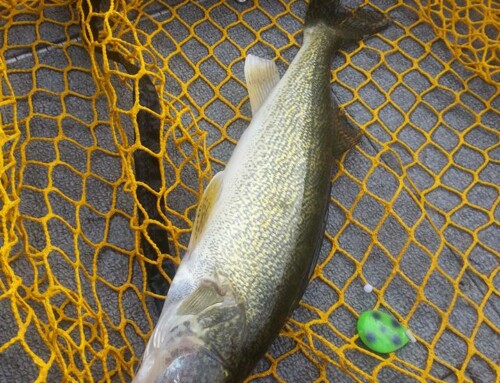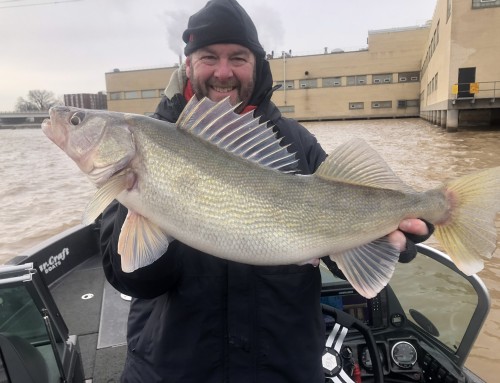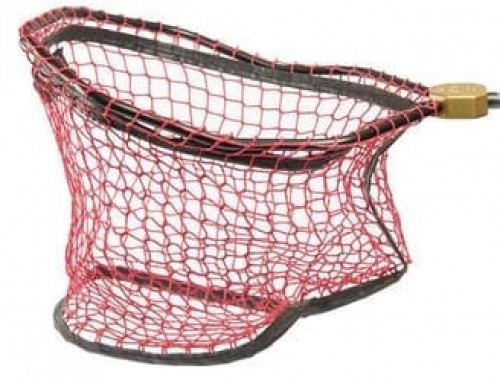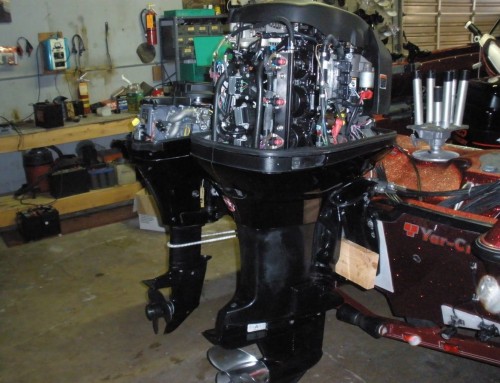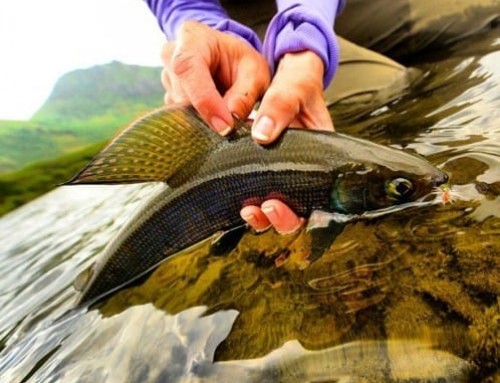Biologist has discovered a safe way to kill the Great Lakes’ silent invaders.
Updated: March 1, 2014 – 9:07 PM
Since they arrived in the Great Lakes in the 1980s, two species of mussels the size of pistachios have spread to hundreds of lakes and rivers in 34 states and have done vast economic and ecological damage.
These silent invaders, the quagga and zebra mussels, have disrupted ecosystems by devouring phytoplankton, the foundation of the marine food web, and have clogged the water intakes and pipes of cities and towns, power plants, factories and even irrigated golf courses.
Now the mussels may have met their match: Daniel P. Molloy, an emeritus biologist at the New York State Museum in Albany, N.Y. and a self-described “Bronx boy who became fascinated by things living in water.”
Inspired by Rachel Carson’s “Silent Spring” in high school, Molloy, 66, became a pioneer in the development of environmentally safe control agents to replace broad-spectrum chemical pesticides.
Leading a team at the museum’s Cambridge Field Research Laboratory in upstate New York, he discovered a bacterium, Pseudomonas fluorescens strain CL145A, that kills the mussels but appears to have little or no effect on other organisms.
As a result, New York state has awarded a license to Marrone Bio Innovations, a company in Davis, Calif., to develop a commercial formulation of the bacterium. The product, Zequanox, has been undergoing tests for several years, with promising results. (Molloy has no financial ties to the company.)
Zequanox killed more than 90 percent of the mussels in a test using tanks of water from Lake Carlos in Minnesota, said James Luoma, a research biologist with the U.S. Geological Survey in La Crosse, Wis. A control group of freshwater mussels was unharmed.
In 2011, the Environmental Protection Agency reported that P. fluorescens CL145A presented “little risk to nontarget organisms.” The agency is now evaluating proposed open-water uses for Zequanox.
Natives of Eastern Europe in the genus Dreissena, zebra and quagga mussels began moving up the Volga River toward Western Europe 200 years ago. Highly prolific, they attach themselves to boats or any hard surface with their byssus, or beard.
They can live out of water for two weeks, and their larvae, known as veligers, use currents to colonize new waters. As many as 700,000 mussels can pile up in a square yard.
Both species are thought to have arrived in North America in the ballast of trans-Atlantic cargo ships. By 1991 they appeared in the Hudson River, and within a year there were 500 billion between Troy and West Point, said David L. Strayer, an ecologist with the Cary Institute of Ecosystem Studies in Millbrook, N.Y.
The tiny mussels became a dominant species in the Hudson. Not even counting their shells, their total weight exceeded that of all the fish, plankton and bacteria combined, Strayer said. There were no natural enemies to keep them in check.
None, that is, except scientists like Molloy.
Failure, Molloy said, “is not an option.”

